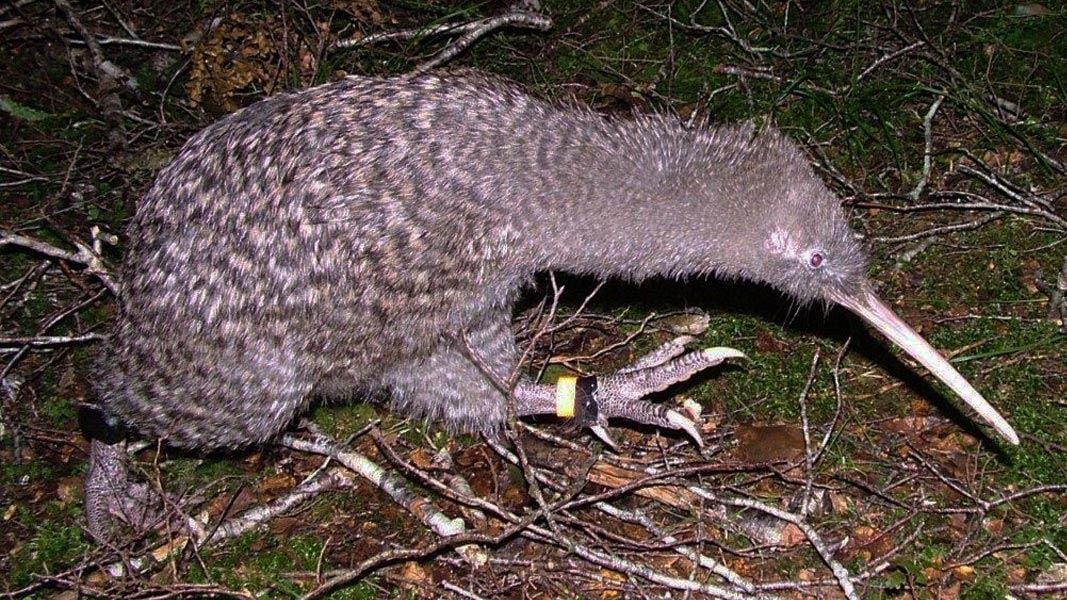Archived content: This media release was accurate on the date of publication.
Date: 16 October 2024
It’s Save the Kiwi Week (14-20 October), the perfect time to highlight the work of the Friends of Rotoiti to grow the roroa population at the Rotoiti Nature Recovery Project mainland island within Nelson Lakes National Park.
DOC Biodiversity Supervisor Ricki Mitchell says the volunteer group provides massive support for DOC’s work.
“The Friends of Rotoiti have invested a significant amount of time to support trapping efforts and help drive kiwi restoration work here.
“Thanks to their work, the future for roroa in the mainland island is bright. This is quite a contrast to 20 years ago, when there were no kiwi whatsoever in Nelson Lakes National Park.”
Friends of Rotoiti chairperson Wayne Sowman is an integral part of the Great Spotted Kiwi Project and making the mainland island safe for roroa release.
“I had the privilege of helping DOC take transmitters off three of the founder kiwi in 2018. It was thrilling. We took a transmitter off a male, who was found with two females and two chicks, and we found a female in a burrow with a male whose transmitter had fallen off,” Wayne says.
“Although COVID slowed things down, an aerial predator control operation in 2020 meant mustelid numbers were low enough for more roroa introductions, so we translocated eight from Kahurangi National Park in 2023.
“Friends of Flora, who do conservation work in Kahurangi, have provided incredible support with the translocations. They’ve helped to guide and plan translocations and supported us on the ground.
“Recent funding from Save the Kiwi Charitable Trust has allowed us to do acoustic surveys and find vacant territories and suitable sites for the release of new roroa in the mainland island.”
Wayne says the plan is to have one last translocation early next year.
“We plan to add 11 more kiwi into the mainland island early next year, bringing the number of ‘founder’ roroa up to 40, which is the number required to establish a healthy, genetically-diverse population.”
He says introducing roroa is hard work but extremely rewarding.
“I hope these great results will encourage people to take up conservation. We at the Friends of Rotoiti would be delighted for more people to join us.
“It’s been a long journey but a great privilege to see roroa thrive in the Rotoiti Nature Recovery Project.”
Ricki says that underpinning this story is iwi and hapū, from Tasman to the West Coast, who have supported the translocation of roroa between rohe.
“The partnerships between iwi and hapū, the Friends and DOC is pivotal to success of this project.”
Background information
The largest of our kiwi species, the threatened great spotted kiwi/roroa mainly live at higher altitudes in some South Island national parks.
Despite their size, roroa chicks are still vulnerable to stoats, particularly during South Island beech mast conditions. Roroa are also slow breeders and only lay one egg per season. Both parents incubate the egg.
In the Rotoiti Nature Recovery Project mainland island, the total number of roroa is unknown as they don’t have transmitters. Call counts are invalid as roroa in this area don’t tend to call much. However, since they were introduced in the early 2000s, the ‘founder’ birds have reproduced and the mainland island has a breeding population.
Contact
For media enquiries contact:
Email: media@doc.govt.nz
